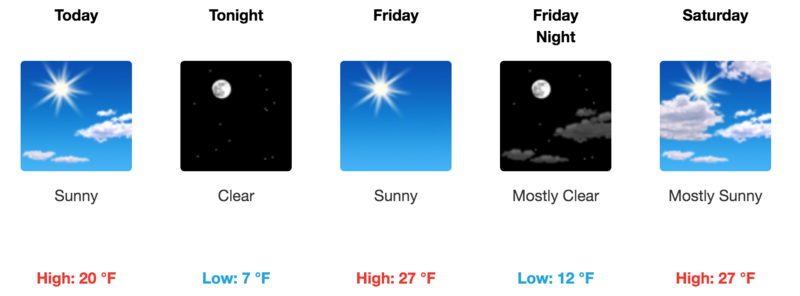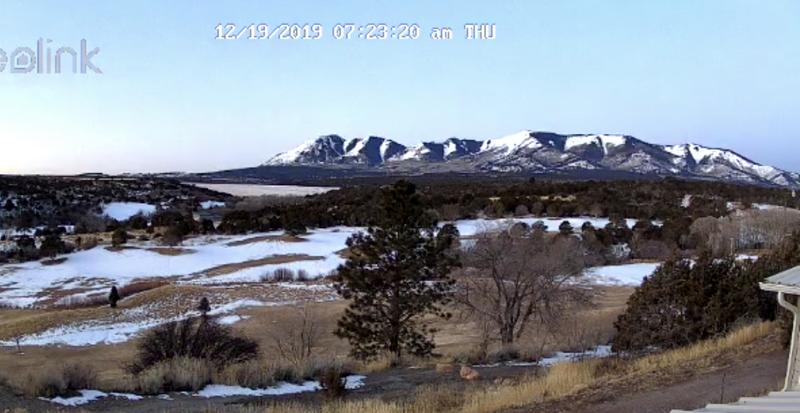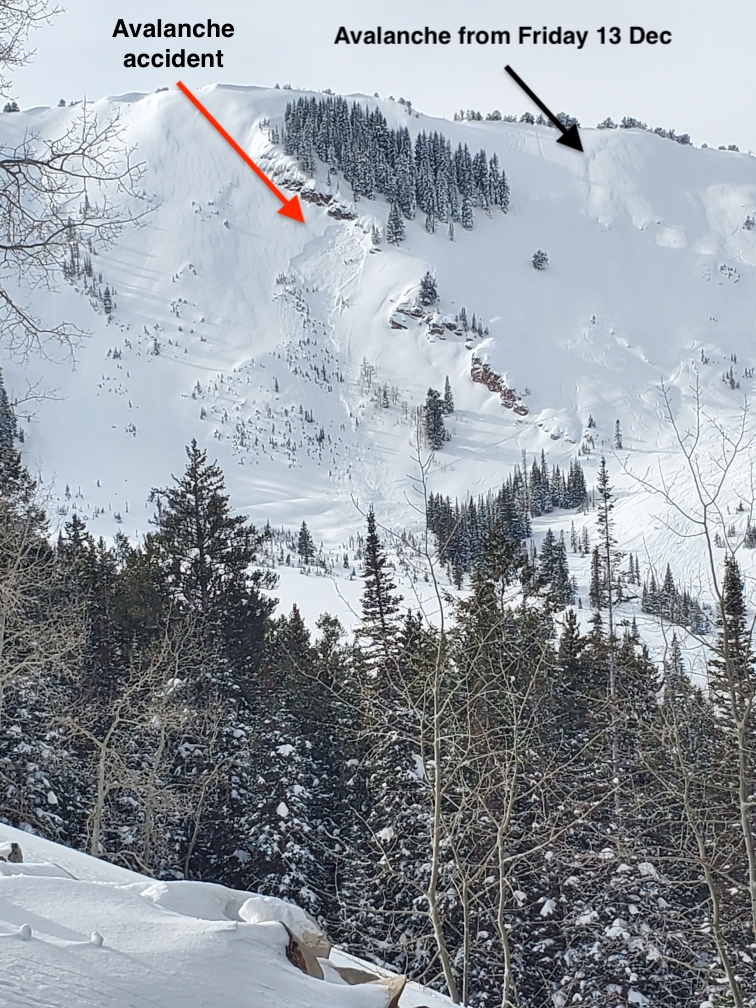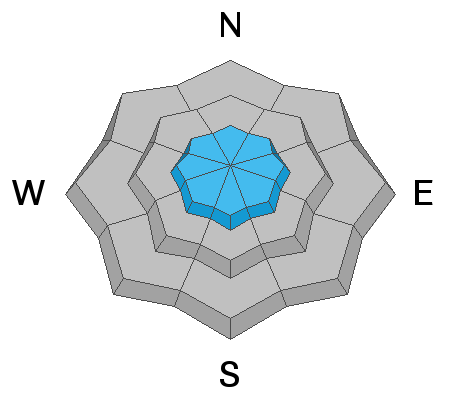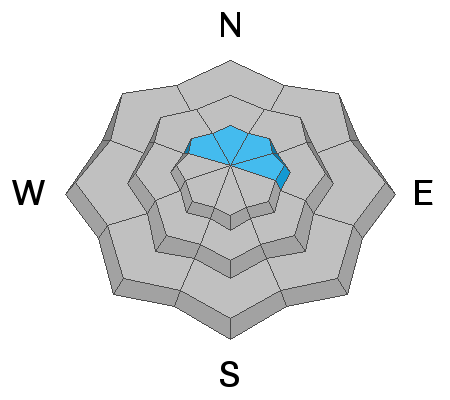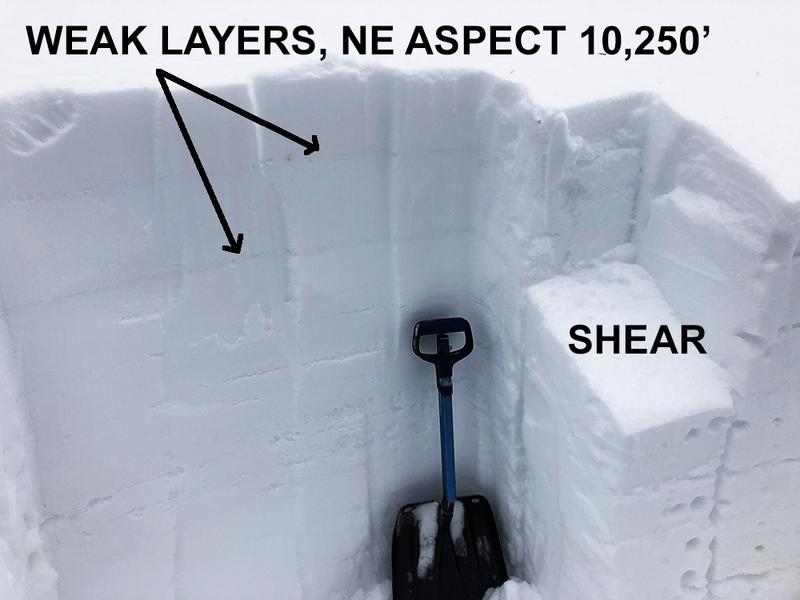Forecast for the Abajos Area Mountains

Issued by Eric Trenbeath on
Thursday morning, December 19, 2019
Thursday morning, December 19, 2019
Blowing and drifting snow have created an isolated or MODERATE avalanche danger in steep upper elevation terrain. Look for fresh drifts on the lee sides of ridge crests and terrain features such as sub-ridges or gully walls. Signs of instability include cracking in the snow surface. It may also be possible to trigger an avalanche on a buried persistent weak layer on steep, upper elevation, northerly facing terrain. Most other terrain offers LOW danger.
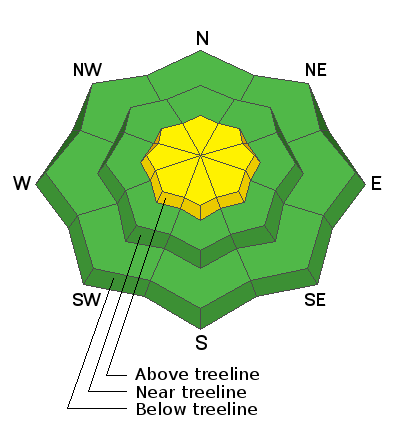
Low
Moderate
Considerable
High
Extreme
Learn how to read the forecast here


